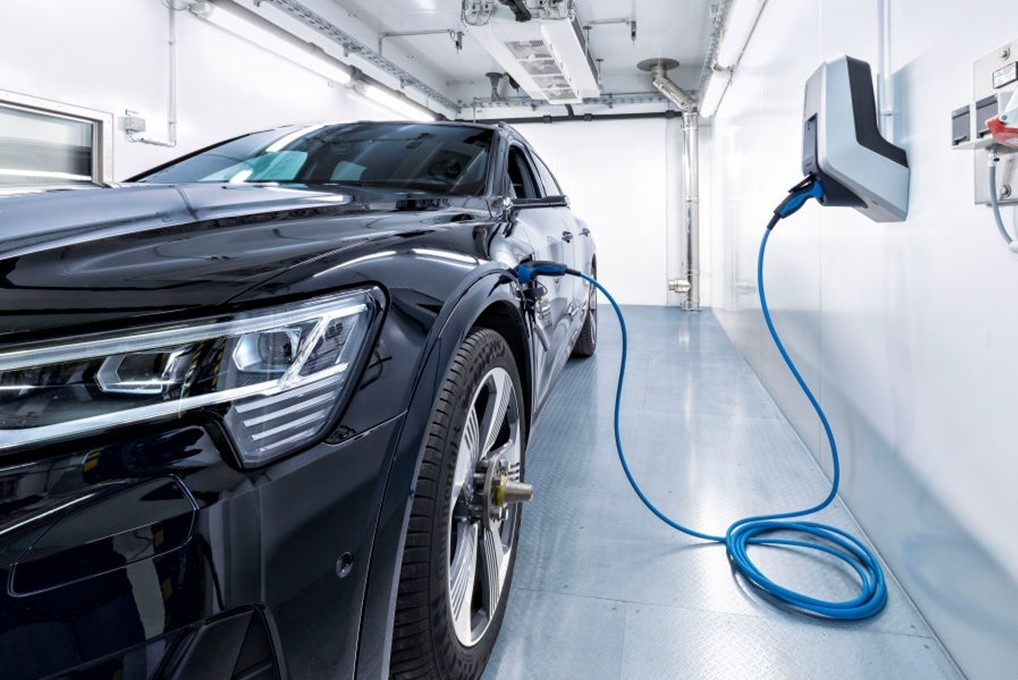In order to give our customers a vision of future mobility, we have analyzed a wide range of external factors influencing the European powertrain market in 2030. Based on the results of the analysis we were able to derive different scenarios by varying factors in a realistic way. Find out what a world would look like dominated by battery electric vehicles.
With ambitious climate targets and a positive economic environment, carbon-free mobility is a must in the European union of 2030. That is why a major disruption that seems to be unstoppable hit the transport sector:
The ongoing cost degression curves for lithium-ion-based storage technologies have led to a significant drop in the purchase and operating costs of battery electric vehicles.
The turnaround in consumer behavior, unexpected for many, began when lithium-ion batteries with further reduced cost that last millions of kilometers hit the market.
At that point, battery electric vehicles (BEV) offered comparable purchasing costs compared to internal combustion engine vehicles (ICEV) in most segments.
The result interrupted the market for new cars with internal combustion engines completely. The awaited cost degression of e-fuel production did not occur due to the high primary energy demand and the lack of imports, which means that the operating costs of ICEV in 2030 are significantly higher than for BEV and FCEV. Since most buyers prefer the cheaper and cleaner alternatives, the range of new ICEV on offer has been limited in particular to vehicles for hobbyists and motor sport.
The fuel cell could not satisfy the high expectations in the passenger car market as well. The main reason for this is the principally large amount of energy and water required for hydrogen production and therefore high cost. The associated higher operating costs and the proximity of modern BEVs to similarly fast refueling times resulted in a marginal market share.
Car manufacturers therefore discontinued their activities in the field of FCEVs at the beginning of the decade.
In contrast to the expansion of hydrogen refueling infrastructure, the expansion of public BEV charging infrastructure continued at unchanged pace thanks to the high demand and led to the establishment of profitable business models.
Europeans‘ mobility habits have changed only slightly despite the change in the powertrains – they use both shared and individual owned passenger cars.

In urban and suburban regions, shared mobility services have become more prevalent. However, residents of rural areas often want to keep their own car – the market share of shared service providers is marginal here.
Because of the fundamental changes – which many perceived too late – suppliers and OEMs are confronted with a serious change in product demand and the value chain.
With this European scenario of a fundamental change in the future powertrain portfolio for passenger cars in mind: What do you think about the key parameters cost of synthetic fuels/green hydrogen and battery development?
Moreover, what happens if, despite latest government incentives and cost degression, users just do not want to buy battery electric cars?
Find out in our next episode of Powertrain Scenarios 2030+ when another realistic scenario comes into play.
So how do you rate this matter?
A mobility Scenario by
R.Troeger@consulting4drive.com


